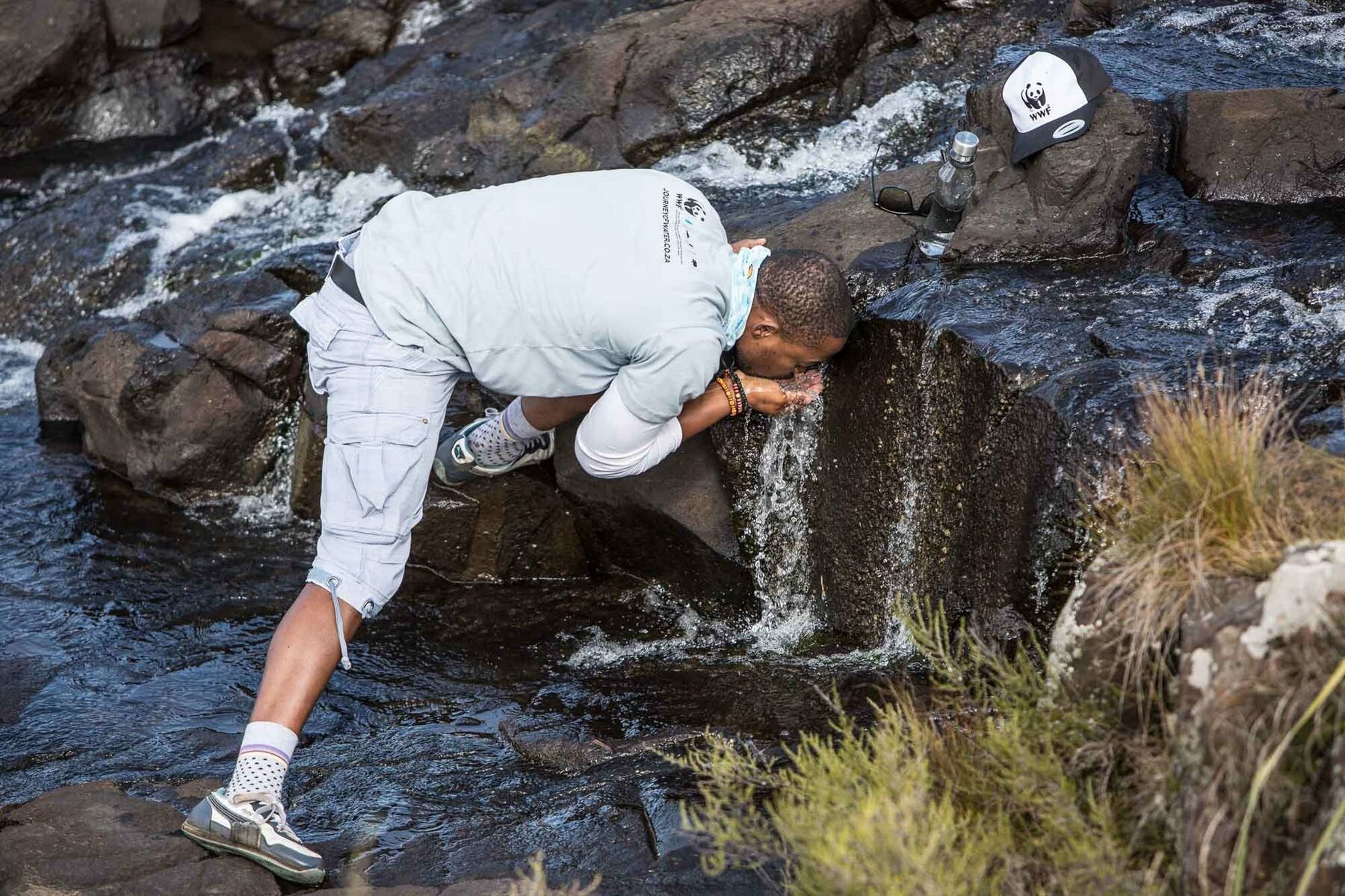
You walk over to your kitchen sink and turn on the tap. Without a moment’s hesitation, you expect fresh water to flow freely into your life. Right?
If you’re living in South Africa, a country lucky enough to enjoy some of the purest tap water on the planet, chances are this is a very likely scenario. We take fresh water for granted and often don’t appreciate the long and difficult journey it takes to reach our homes.
From 11 to 14 May, I joined WWF South Africa and a group of influential South Africans for Journey of Water 2015 – an epic trip through the southern Drakensberg in KwaZulu-Natal, exploring and appreciating the journey water takes to reach our taps.
The Journey of Water initiative highlights the threats to South Africa’s water security and showcases what ordinary South Africans are doing about it. It traverses the full range of South Africa’s pressing water issues, from catchment protection in water source areas – usually out of sight and out of mind – to the myriad of challenges present in informal settlements.
We began at Highmoor Nature Reserve in the central region of the Maloti-Drakensberg Park, at the headwaters of the Mooi and uMngeni rivers. The water here is pure, and we drank from the crystal-clear streams that flowed through the reserve.
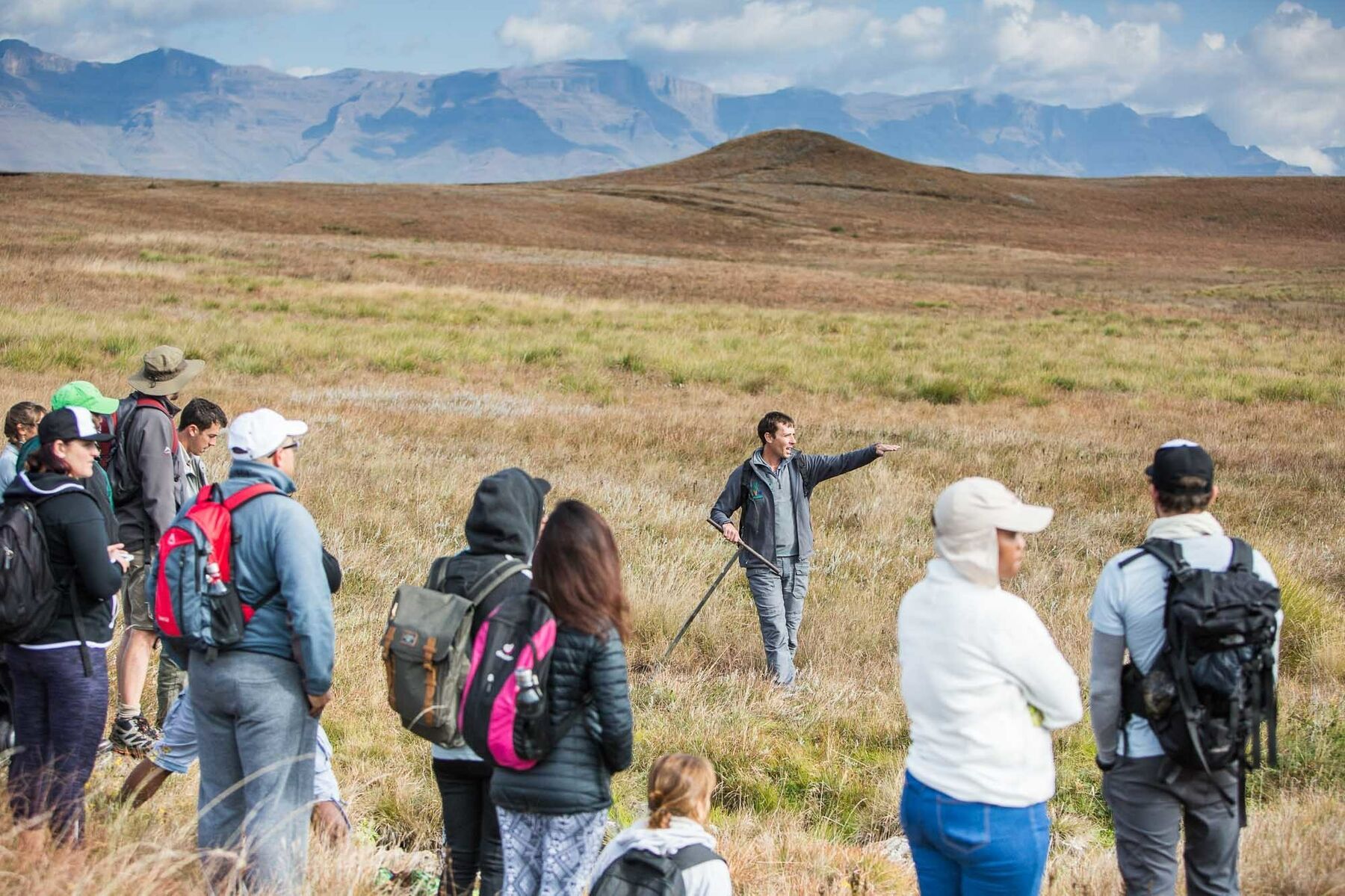
This catchment area is one of 21 identified strategic water source areas in the country. Research conducted by WWF South Africa and the Council for Scientific and Industrial Research shows that 8% of South Africa’s landscape provides half the country’s water supply, but these water source areas are poorly protected and at risk from degradation and mining, as we would soon see.
We made our way downstream on day two, moving from Highmoor to the area around Spring Grove Dam. We learnt that about 60 to 70% of South Africa's water is used for irrigation and agriculture. Roughly 15 000 litres of water are used to produce 1kg of beef; 6 000 litres of water are used to produce 1kg of pork, while 4 300 litres are used for 1kg of chicken.
This takes into account things like water used to manage farmland and all farming processes.
Can we sustain this level of water usage? Experts say we need to better manage what we already have, especially considering that 37% of the water we are treating and storing in urban areas is lost through wastage. It's about doing more with the same amount, and that’s where we can all do our part to save water.
Read more about each day of our adventure here.
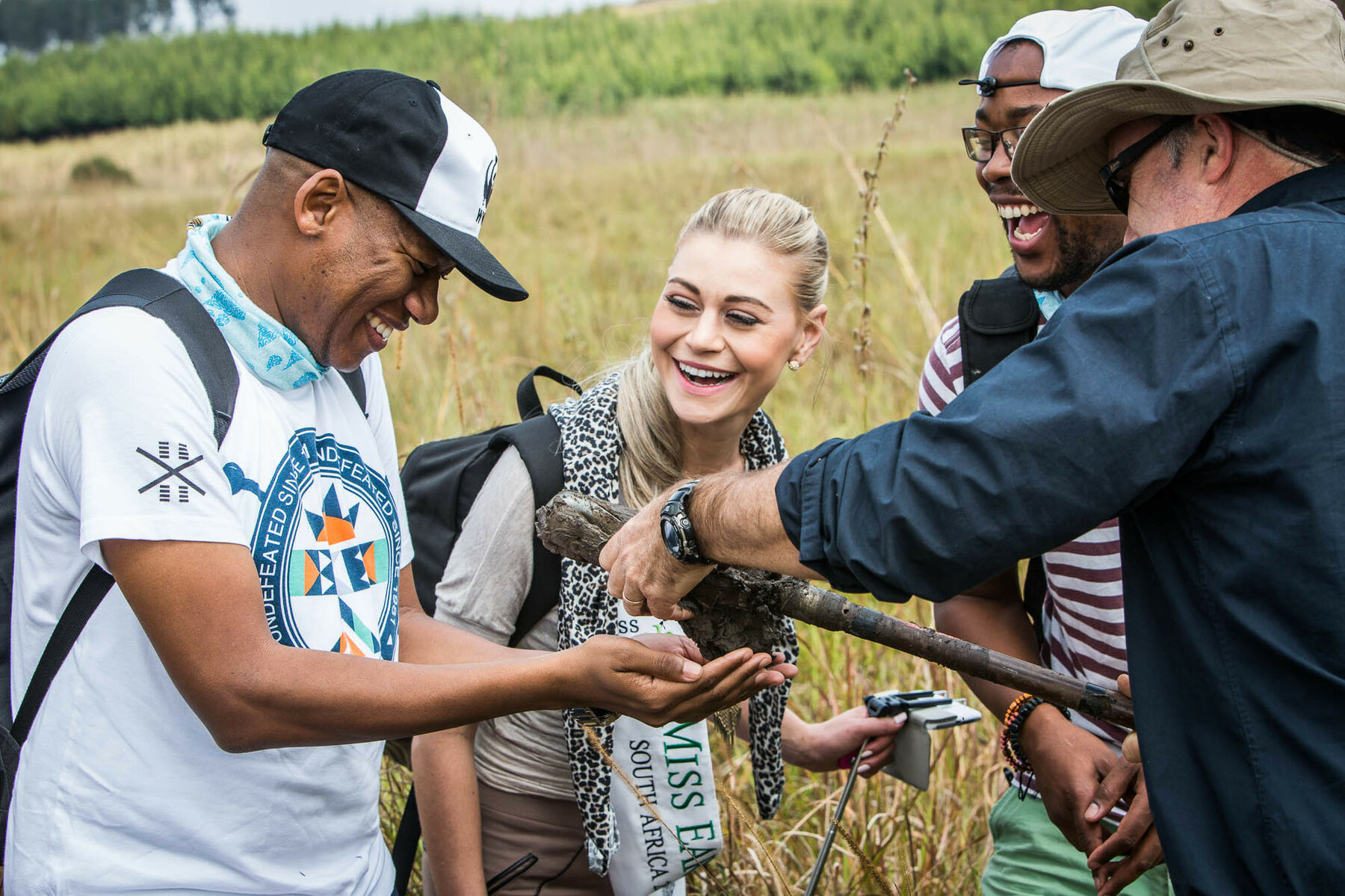
My fellow walkers got behind the initiative with gusto, sharing their insights and experiences on social media throughout the trek while I shared our journey from the WWF South Africa Twitter account.
On the first day, the Journey of Water hashtag trended at number one in South Africa on Twitter.
By the end of the campaign, #JourneyOfWater was used over 2 200 times, nearly 600 unique users got involved, we reached over 3,4-million people and the hashtag appeared more than 23-million times on timelines.
Rapper and recording artist, ProVerb, admitted that before this journey he hadn't given much thought to water scarcity.
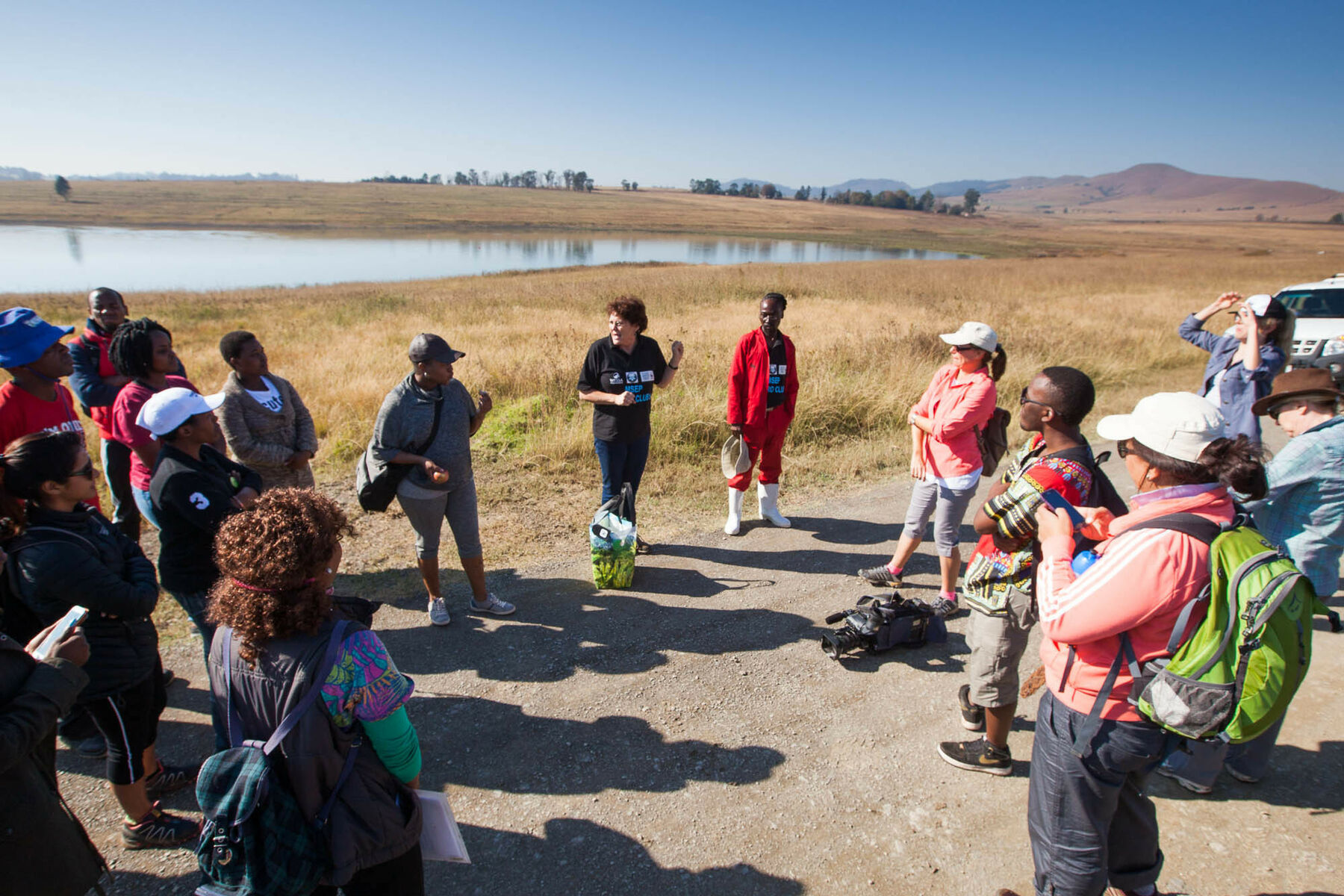
"When we get back to our respective cities, will we continue the same wasteful habits? I hope not. Will we open the tap and think about water's journey? I think so. This has been such an eye-opener, and I challenge everyone to carry this message forward. The journey of water should not finish just because we've finished the walk," said ProVerb.
Sanlam's head of corporate affairs, Francois Adriaan, gained a deeper understanding of the inter-connectedness between water and all facets of life. Sanlam is a long-term partner of WWF South Africa.
"What we do to the earth, we do to ourselves. The possibility of living a good life is tied up in making every drop and every action count. I am amazed at the resilience of the human spirit in the face of adversity, but even more humbled by the resilience of nature when given the space to heal," said Adriaan.
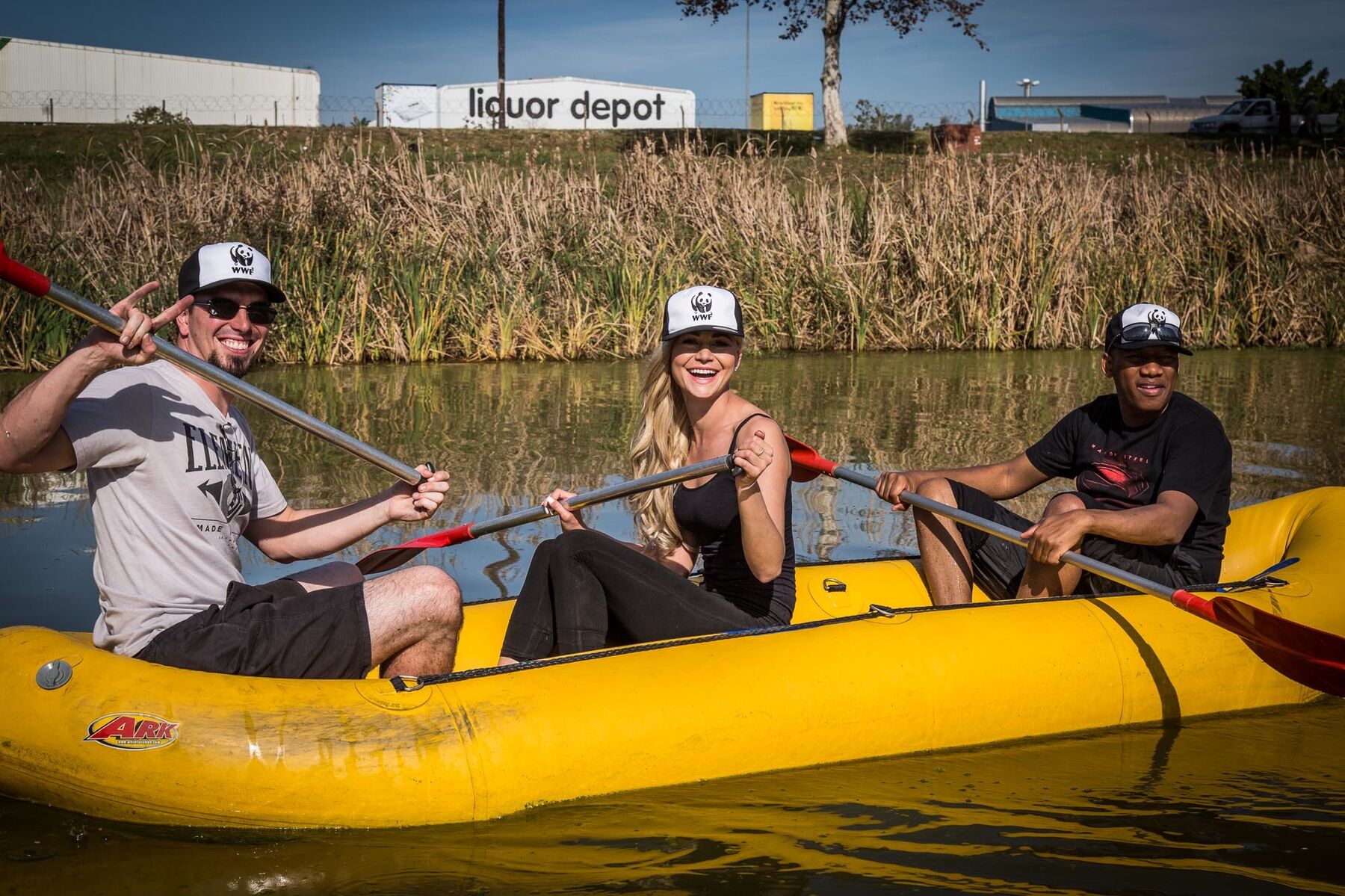
As for me, I gained a true appreciation for the nameless, faceless individuals who toil unnoticed and often unacknowledged by society at large, working to salvage a clean water supply for South Africa.
We think that fresh water is an everlasting, abundant resource; that every time we turn on the tap it will flow, just like it always has, into our lives.
While our own wasteful actions may seem insignificant in the grander scheme – turning the shower on while we quickly brush our teeth, or leaving the tap running while washing dishes – if we keep abusing this fragile resource, one day that tap might run dry. What then? Take some time to truly reflect on a country without clean water …
This thought, shared during the walk by conservationist Penny Reece, reverberated:
“You might recall learning about the water cycle in school,” she said, standing at the edge of a recovering wetland. “Remember, there is no water factory – the water we use and pollute today is the water our grandparents used, and the water generations to come will use. What we’ve got, is what we’ve got …”
